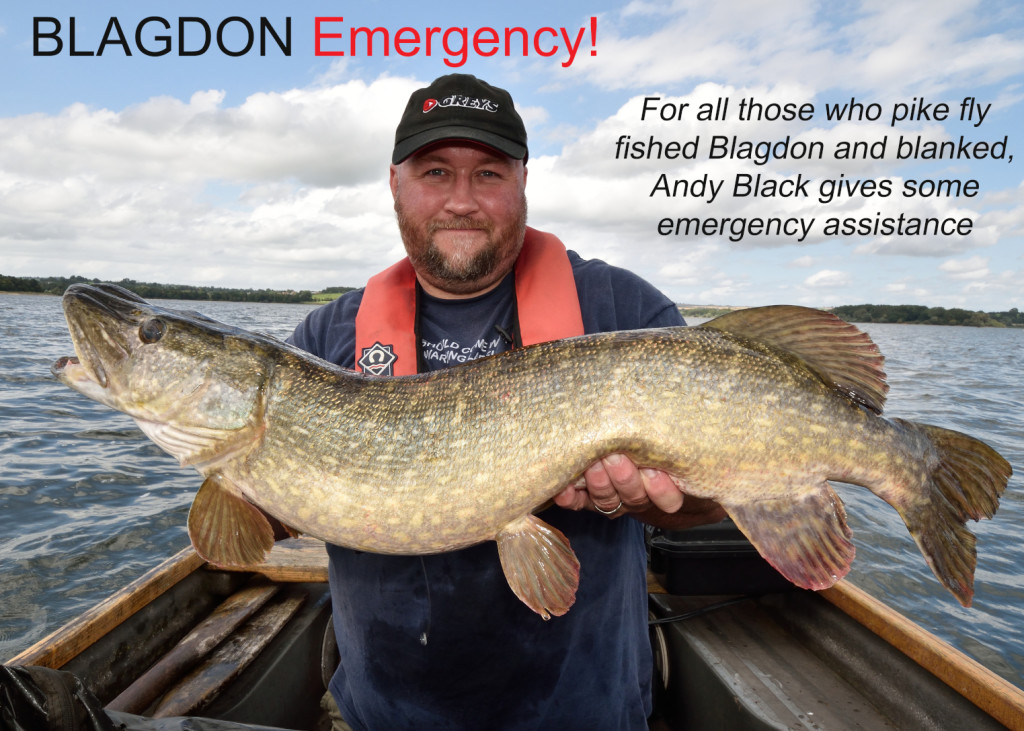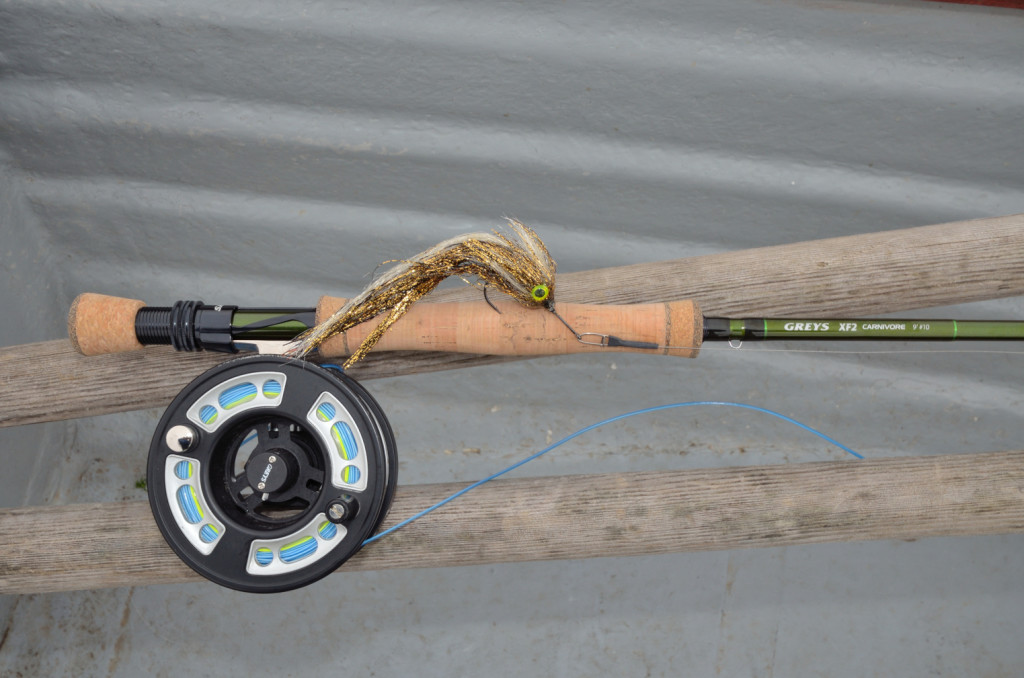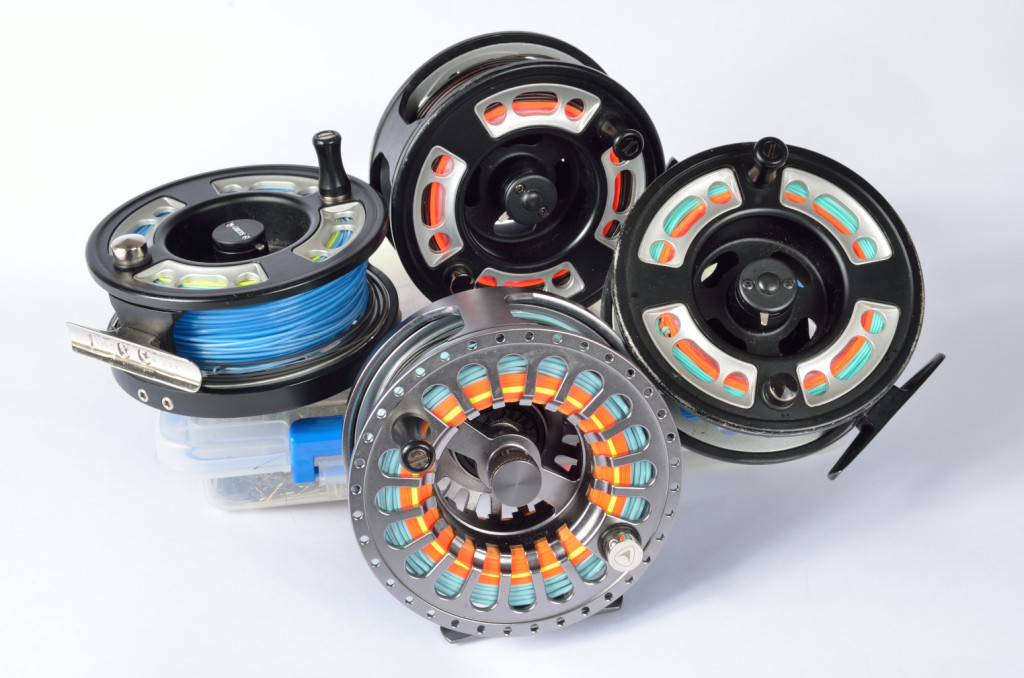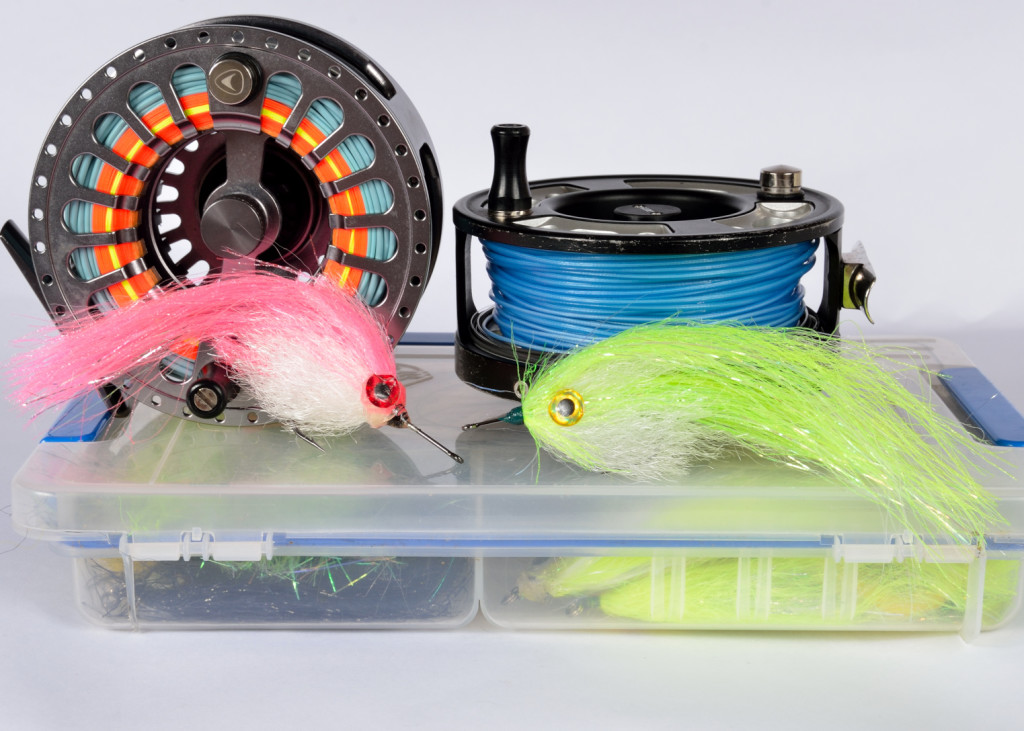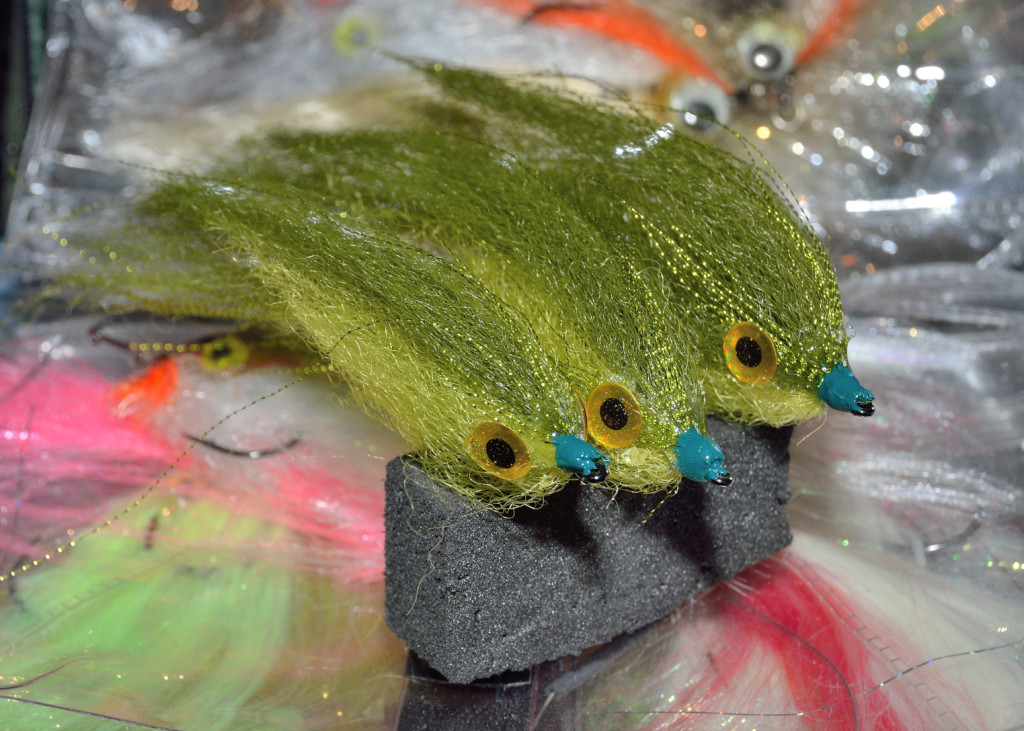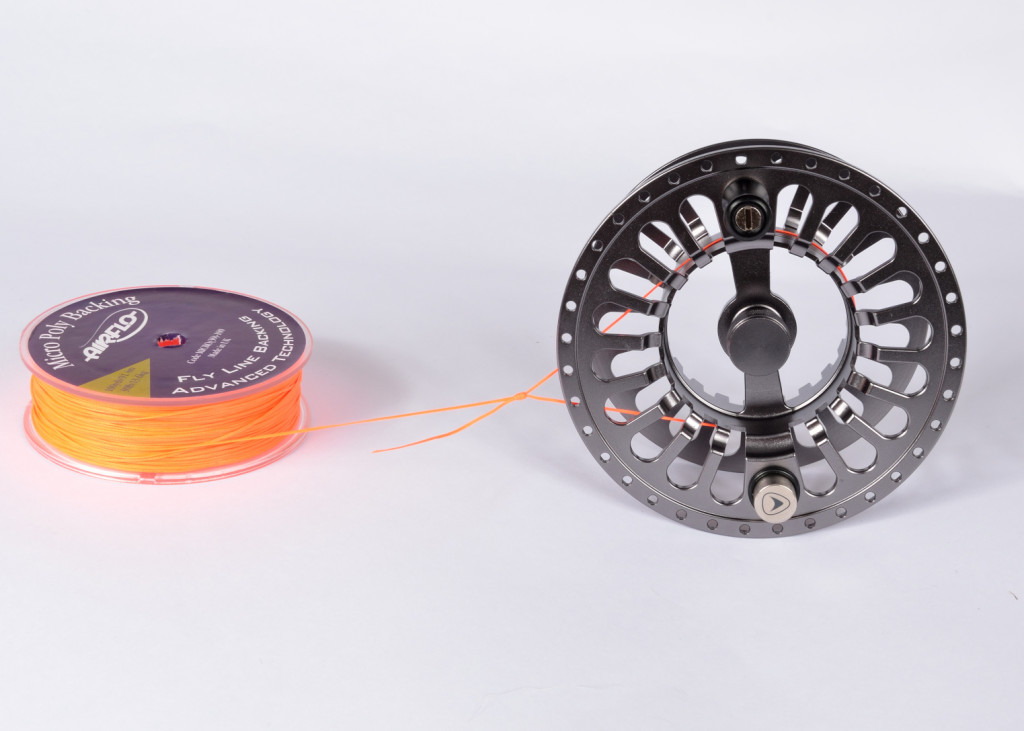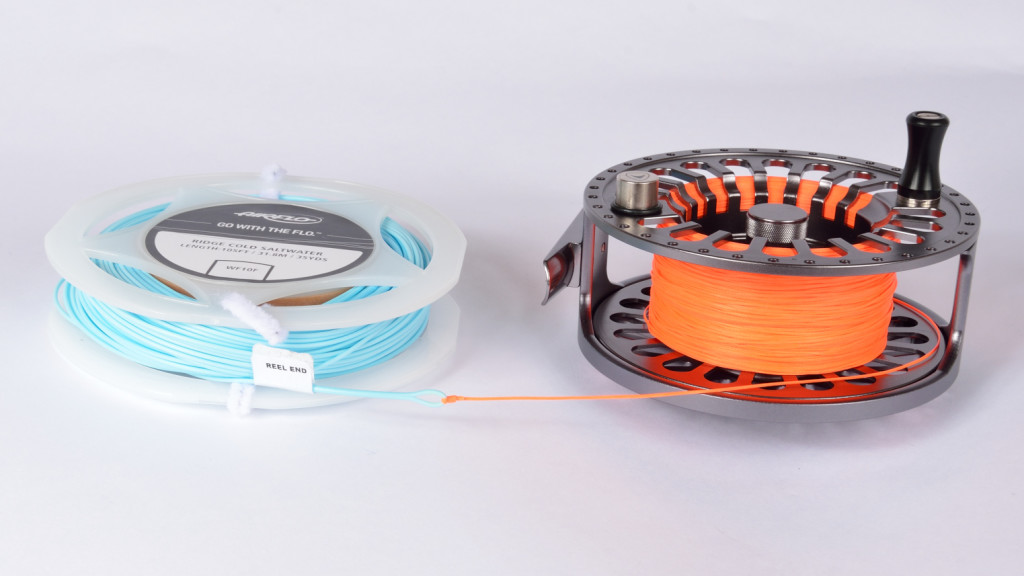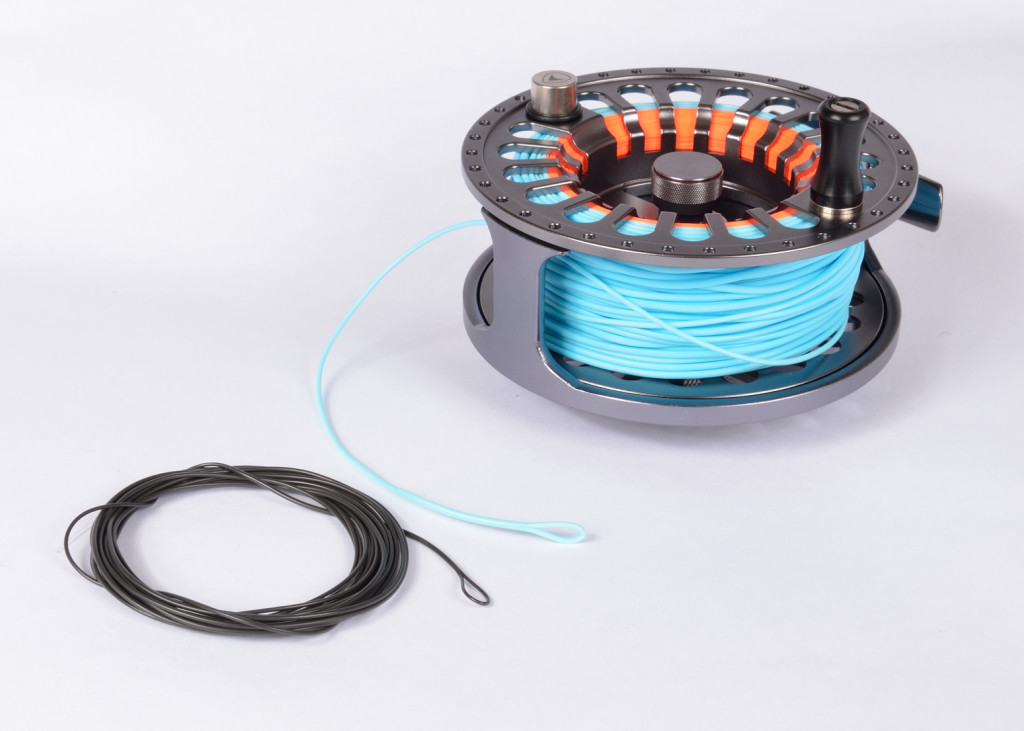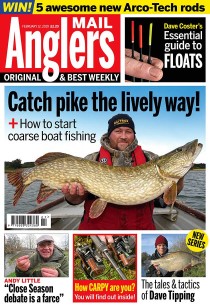Blagdon Emergency – Pike Fly Fishing the Basics
This article was first published in Neville Ficklings Predator World – the background around the article was around the second opening of Bristols Blagdon fishery, I had a lot of, experienced pike anglers, that were in effect newbie pike fly anglers, (as they hadn’t done the method before) and they were asking a lot of questions about their set ups and how to fish the pike fly effectively….
Fishing for pike is nothing really new in this day and age, in fact, on some waters it could be argued that there is more fishing pressure from pike “fluf-chuckers” than traditional pike anglers. However in most cases I think it is fair to say that there is very little cross over between the two, in that most pike anglers are either dyed-in–the-wool fly anglers, or “stuck in their ways” bait fisherman. You would think with the modern trend of more anglers taking up lure fishing, that there may be more cross- over there, but it is still very rare to find an angler that is proficient in all three disciplines.
However, I think this will change with the opening of Bristol Water’s Blagdon fishery, as Bristol Water have decided to open it as pike fly only – which means that anglers that want to fish there will need to at least have some knowledge of what to do.
The decision to open Blagdon for pike fishing can only be commended, however the reasoning to make it fly only is a bit contentious, it will be great for people who are accomplished Pike fly anglers, but those that are new to the method will most likely struggle especially if its windy on the day they get.
The decision to make if Pike fly only was made for pike welfare reasons – personally I don’t understand this; as, contrary to popular belief, I don’t think that that using fly tackle is any less stressful or damaging to pike .I would even go so far to say that, in the wrong hands, it can be even worse than conventional tackle, especially anglers using too light rods or not putting enough pressure on the fish. The main argument that fly fishing is better for the fish is always presented as – a large single hook is easier to remove and causes less damage than a treble in a bait, or a lure with trebles – again this is utter rubbish, a hook is a hook and it’s going to cause damage. Having done my fair share of fly fishing for pike I can say it seems uncommonly common to hook pike in the gill rakers or have the fly go through the gills and hook somewhere outside of the body I think this is due to the light material on the pike flies and the way the pike take them, especially if they are fished slowly or on the bend.
This hooking situation that is fairly uncommon with lure or bait fishing. It is not an issue, however, if you are prepared to cut the hook, but, and here comes the problem – again, in my experience, not many pike fly anglers that I have come across even carry bolt croppers, and if they did most would seemingly prefer to push and pull and break gill rakers rather than cut up an expensive, or lovingly tied, pike fly.
The other hooking issue you have with pike flies is that often it is quite a problem getting to the actual hook, which may seem strange if you haven’t done much pike fly fishing, but often you open the pike’s mouth to be befuddled by a bunch of tinsel and synthetic fibres caught on every tooth and gill raker, that obscure where the hook actually is!
Though, like anything, if you know what you are doing and know how to handle pike, then really there shouldn’t be a problem, but these are two of the issues that I come across. But of course you have to catch your pike in the first place, and this is the crux of this article.
Equipment
Fly fishing for Pike is really a specialised aspect of the sport, you cannot for instance simply pick up your bait rod, put a fly on the end, loop it around in the air a bit and cast into the water. You will need to get all the appropriate kit needed to fish effectively, and that can be a considerable cost.
Rods
Always look to get a dedicated pike fly or saltwater fly rod as these will have been designed to cast big, and often heavy, flies as well as have the power to effectively subdue big fish. Remember pike are not trout – so don’t be tempted to use trout rods for them, even in heavy sizes. It would be akin to trying to fish for pike with a match rod – useless.
I always use 10 weight rods, as this is a good compromise in casting power, weight. and fighting power. There will be some crossover in weights of rods with some anglers recommending lighter 9 weights, but I have never felt under- gunned with a 10 weight rod, and modern rods are light enough to cast all day long anyway, so why risk going lighter? This is especially true with big reservoir fish as there is a very big difference between flicking a little pike fly out for jacks on a canal, to pushing big flies into a wind for 30lbers on a big reservoir.
The weighting on the rod is intrinsically linked to the fly lines that you will need – in that if you are using 10 weight rods you will need 10 weight lines to go with them.
Lines
In fly fishing the line isn’t simply used to attach the angler to the fish. It is the intrinsically part of the gear required to actually perform the act of casting.
Lines come in different weights with different size “heads” which when aerialised with the right casting methods cause the rod load and hence a cast is made – that is a very simplistic model of what happens, and as regards to casting there is no doubt that if you are new to the spot then you will need to get some lessons.
So you know what weight line you want – what type of taper? Some like a shortened head and a power taper – some like a longer head in the line. It really is down to personal choice and casting style, and something that you will need to try out.
With regard to types of line I usually carry three types that cover most eventualities
Floating line –
Floating lines are probably the first type of line that is recommended to the new pike fly angler, and it is also probably one that has the least use in most situations. In my experience floating lines are next to useless in presenting the fly where you want it, even in relatively shallow water, as in most cases because of the angle of pull, even if you have a very heavy fly, the retrieve will only be a couple of feet deep at most. However combine a floating line with a sinking poly leader and you have a completely different beast, and possibly one of the best methods for catching big pike as it will provide a completely different retrieve style compared to a sinking line.
The combination of floating line and poly leader can, in the right circumstances, be fished down to 20 feet.
Intermediate-
An intermediate line is a generally a slow sinking line, and is probably the most versatile line you can use, simply cast it in and let it sink to the right depth then bring it back in. Most intermediate lines cast well because of their density, and are fairly easy to control for the novice angler.
Sinking –
Sinking lines come in grades that show you the sink rates – if you are going to a sinking line go for a D7 which will sink at 7 inches / second. This should cover you with depths down to about 30 feet, though fishing at this depth requires some adaption to the angle fished and retrieved rate.
I prefer to use what is known as full lines, but you can get “shooting heads” which is a shortened fly line, that, as the name suggests you shoot out after loading the rod, which can get you more distance, however I don’t get on with these and find the backing which you will be retrieving on is prone to tangles, especially in windy conditions and would recommend staying away from these.
Reels
In fly fishing the reel isn’t always used for playing the fish per se, but is simply used to hold the required amount of line. Again reels will come in various sizes but look for one that is the same size as your rod and line i.e. a 10 weight reel.
All reels will require some backing line, this is a type of braided line used to fill the reel before the main fly line is attached. Now no pike will every strip you down to the backing, if it does you are doing something very wrong and not putting enough power on to the fish. But sometimes you will use some of the backing if drifting with the fly, or fishing over very deep water so it is important that you use the right type.
Flies
You are probably thinking why are flies, the actual thing that tempts and hooks the pike left until last? Well really they are the least important aspect of the whole kit (to the novice angler) which may seem a bit patronising? But really you need to get the rest of the gear correct to be able present your fly correctly in the first place, which, hopefully by reading this, you will.
To get a bit more complex, the size of the fly, the material it is made of, even the hook size will affect how it will fish, and for the novice I would stick with just a couple in various colours. Look for a couple of tinsel ones which are good in clear water when the sun is out, and a couple of natural bait fish patterns, and, if you can get them, some dark baitfish patterns which often work well when fished up in the water.
Retrieve style
As with casting styles they are many types of retrieve styles, and it is easy like in lure fishing to become fixated on one way of retrieving your fly or lure.
Stripping
This is by far the most common style you see – with anglers pulling the line seemingly as fast as they can in three or four foot strips until they can re –cast it again. It’s not an effective method for big pike and it is a usually a retrieve style used because the incorrect line is being used, causing a fast retrieve to prevent catching the bottom.
Pulsed
A pulsing retrieve can be effective, think of it like working a jerk bait with lots of pauses and short jerks. It works best with a dense fly that will push the water and won’t collapse or bunch up on the pause, so there is some practice that needs to be done by the side of the boat before you cast out.
Figure 8
This is a technique where the fingers form little loops in the fly line coiling it up in to “eight shapes” which sounds very difficult to do, but in effect it is very easy. This is a very slow and controlled retrieve and has accounted for all my big pike. Again you need to have the right line and fly choice to make this effective, but it is one to learn.
Obviously you can combine all these retrieve styles and it is good to mix it up during the day, as it is often the case that a particular type will be the one all the pike in the lake will seemingly want!
Striking
This is the aspect that catches most new pike fly anglers out – especially those that have come from another pike fishing discipline, and I guarantee that when starting out most pike fly anglers will lose their first couple of takes because of it!
If you strike with a fly rod and a big pike fly, all you will end up with is a great big bend in the rod then the pike will spit the fly out!
What you need to do is keep a tight line to the fly with the rod pointed at the fly line, then when a pike takes it you keep the rod pointed at the fly line and yank on it to set the hook! It really is counter to what you would traditionally do, however you need to do it this way to set the hook – as there is so much bend in a fly rod that it simply won’t do it 90 % of the time.
Conclusion:
There are a lot of idiosyncrasies in pike fly fishing as I suppose there are in other styles, however, once you get used to it you will become aware of how effective the method can be. Though to me pike fishing is not a one- method sport, and there have often been times where I have been out chucking the fluff and found myself thinking, “I wish I had some lures with me”. Conversely there have been a couple of occasions where the reverse is true, especially when I want to fish really shallow water or really slowly in winter. But hopefully this will give you some idea of what you need to be looking for before you head out on Blagdon!
Sequence – Loading a reel
1. Tie on your backing, I use a 4 turn grinner knot.
2. With the backing in place tie on your fly line- most will be marked so you know which way to put them on.
3. Some fly lines come with a pre-moulded loop which makes things easy, simply tie on your leader and trace or loop on poly leader and trace.
4. If your fly line doesn’t come with a loop you will have to attach one, these poly loops simply push down the fly line and grip on, you hold them in place with a small section of plastic tubing and a bit of superglue and they won’t ever come off.
